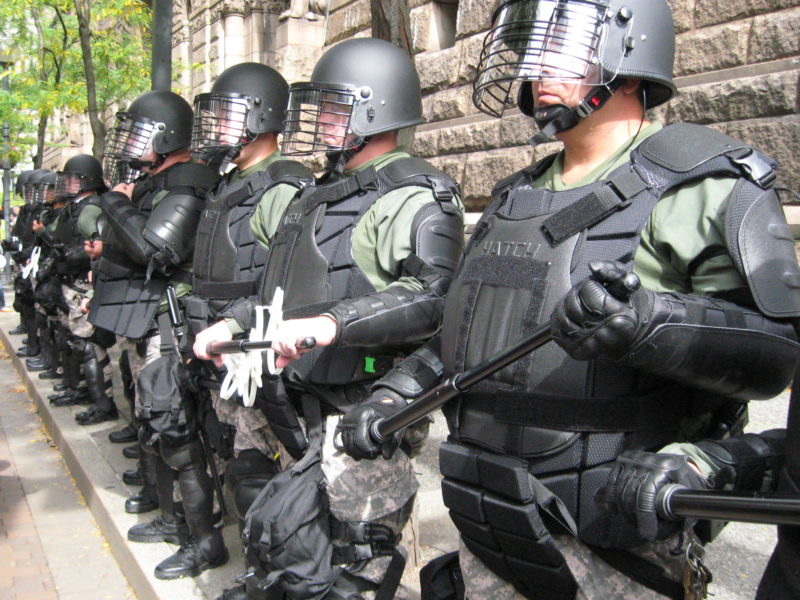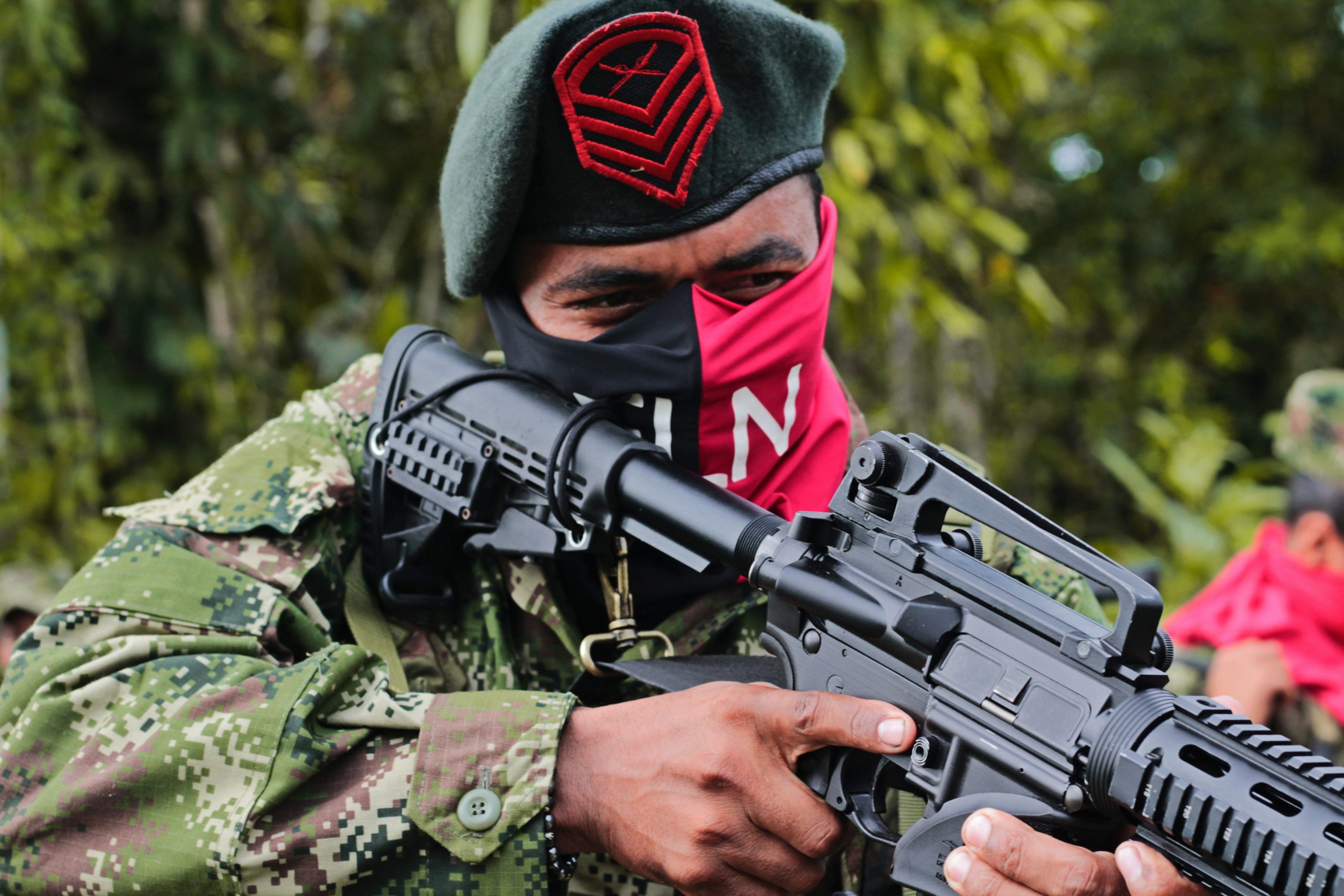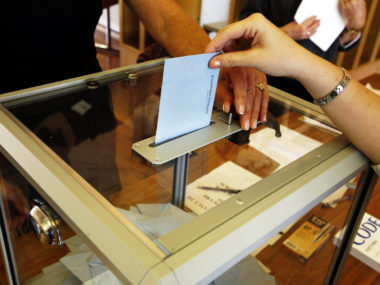Guest post by Lindsay P. Cohn
The COVID-19 pandemic raises important questions about civil liberties and the use of coercion to maintain order. In Italy, police are enforcing a nationwide lockdown, and in the US, police are involved in dispersing crowds and enforcing quarantines. So far, several states have activated their National Guard to help with logistics—e.g., transportation and planning support—but it’s likely they will supplement police by engaging in quarantine or curfew enforcement, or anti-looting activity (as they did in the response to Hurricane Katrina). The federal military may also be called upon.
Moments like these revive a recurring national conversation about the militarization of policing and the use of military forces for domestic policing. Are the police becoming more militarized? Is a militarized police force effective at reducing crime? Is the involvement of the federal military in domestic affairs increasing, and is it an illegal overreach of executive power? Lindsay Cohn, associate professor of national security affairs at the Naval War College, answers our questions.
What is “militarized” policing?
“Militarized” policing can refer to a couple of different things: 1) police use of military equipment, uniforms, training, and tactics, 2) modeling the organization and professionalization of police on the military, and 3) a police culture that believes that force and coercion are appropriate and effective solutions to a wide range of problems. Militarized policing is different from (but certainly related to) the use of military forces to do policing.
Since when has the police been “militarized” in the US?
In the US, SWAT units were created in the 1960s in response to police experiences of encountering significant danger while trying to subdue armed individuals in defensible positions (like the Austin clock tower shooting). Police access to military equipment has increased dramatically thanks to the 1033 program, and other programs initiated in the context of the War on Drugs, the post-Cold War military drawdown, and then 9/11.
But these aren’t the first examples of US police using military doctrine or tactics: American policing looked to military models as early as the occupation of the Philippines in the early 20th century and the counterinsurgency effort in Vietnam. A late 19th/early 20th century reform movement that aimed to curb corruption in police forces also explicitly looked to the military as a model.
Do other countries have “militarized” police forces?
Modeling police organization and professionalism on militaries is fairly normal across mature democracies—some even maintain federal police forces that are officially branches of the armed forces, like the French Gendarmerie or the Dutch Marechaussee. These forces mostly police rural areas that don’t have a metropolitan police force and sometimes engage in border or airport security.
The culture of policing is of course influenced by the political, social, and economic structures of the parent society. In autocracies, policing is usually a form of state control of the population, and force is often considered an appropriate tool. In democracies, however, policing has a complex role combining both public safety and public order, and policing’s form and culture depend largely on the historical development of state power and authority, violent popular resistance to the state, urbanization dynamics, and socio-economic tension (including race and class tensions).
If a society views crime primarily as a problem to be deterred through fear and punishment, its policing is likely to be more militarized than that of a society that views crime primarily as a socio-economic problem to be managed. There is evidence that the latter approach is more effective at keeping crime rates low and reducing recidivism.
Does a militarized police force reduce crime?
The evidence we currently have about the use of military equipment and tactics is mixed, but tends to imply that it does not reduce crime or improve officer safety; may severely impair police-community relations; and may even exacerbate violence. In short, it does not seem to improve public safety.
So then why is militarized police used at all?
This kind of policing is, and traditionally has been, deployed more in the interest of maintaining the social, economic, and political status quo than in the interest of public safety. (It also makes police officers feel safer, especially in the context of widespread private firearm ownership and drug/gang violence.) African Americans, the poor, and the marginalized have always been more subject to coercive force from law enforcement, and this continues to be the case.
Are there any benefits to modeling police forces on military organization and structure?
Professionalizing the police on the model of the military may be helpful in terms of improving effectiveness and reducing corruption, which may improve public safety, but also make police forces less captive to powerful interests, which may interfere with an agenda to maintain the existing power structure.
What about when the military is deployed for domestic purposes?
In most democracies, the military is not used for policing duties unless there is an emergency that overwhelms the capacity of law enforcement agencies—so military involvement in domestic affairs is nearly always a mission of both public safety and public order. Historical data from the US suggests that the use of federal troops to address unrest has generally been successful at calming violence without casualties; sometimes it also advances the causes of civil rights and economic justice, and sometimes it simply restores or reinforces the status quo ante.
It is important to understand that the domestic use of the military under exceptional circumstances is authorized by multiple statutes, and does not necessarily represent executive overreach. While it may be undesirable for many reasons to use the military in a domestic policing role, US law does provide for it where necessary. This is also the case for most mature European democracies, with the stark exception of Germany.
What should we worry about?
From the evidence we have, neither the use of military equipment and tactics, nor a militarized culture appears to help significantly with public safety or reducing crime.
Even more concerning, though, is the uneven application of these measures. Militarized policing has always affected certain groups more than others, especially the politically and economically marginalized. Other mature democracies have managed to move away from coercive, culturally militarized policing, even when the policing is done by a branch of the armed forces. These countries are also generally the ones that have done the most to reduce inequality and develop strong democratic institutions.
In short, our policing is an outgrowth of our larger social and political values. If we want less crime, safer officers, and better police-community relations, we must begin to recognize that trying to suppress or deter crime through fear and punishment is less effective than addressing the social and economic problems that contribute to crime and unrest: inequality, exclusion, and lack of political voice.
Lindsay Cohn is an associate professor of national security affairs at the Naval War College. Her opinions are her own and do not represent those of the Naval War College or any organ of the U.S. government.






